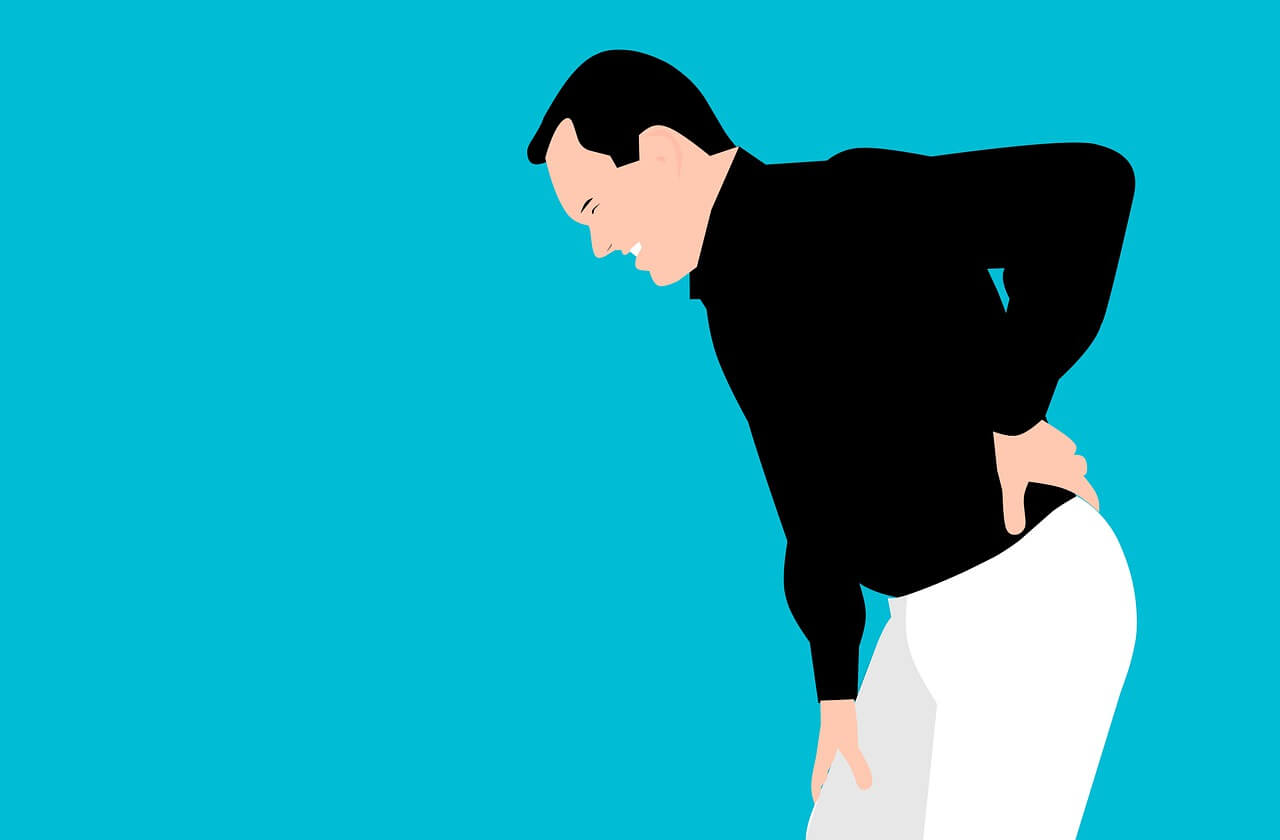Most of us will experience back problems at some point in our lives, and one of the most widespread issues that impacts people as they age is spondylosis.
This is effectively a type of arthritis, but the name is used by medical professionals specifically to indicate that the spine is the affected area.
Within this context, there is also the diagnosis of multilevel spondylosis to contend with. So what is it, and what does it mean for your body and your quality of life in general?
The basics
As you might have guessed already, multilevel spondylosis is a condition which describes the arthritic degradation of two or more segments of the spine.
Typically the spine is divided into three parts, and each has its own form of spondylosis to contend with. The lower back can experience lumbar spondylosis, the mid region can suffer from thoracic spondylosis, and the neck can undergo cervical spondylosis.
Multilevel spondylosis is therefore a catch-all term for cases where these regions are suffering simultaneously with one another.
The fallout
There are several symptoms and side effects which are part and parcel of being a multilevel spondylosis patient, most of which relate to the fact that the spin is a crucial conduit for nerves connecting your body to your brain.
As areas of your spine degenerate, this can apply unwanted pressure onto the nerves within, which in turn can result in everything from numbness and paresthesias to weakness of the muscles, coordination issues and even loss of control of your bowels and bladder.
Even if the nerves are not subjected to such severe pressures, there is still the likelihood that multilevel spondylosis will cause sufferers significant pain, in addition to limitations to mobility which will have a knock-on impact in everyday life.
The causes
The reason that this type of condition is so prevalent across the population is that it is all down to wear and tear experienced by the spin over the decades.
The older you get, the more the natural assets you possess will be ground down and thus be less able to fulfill their intended function.
It is also an issue which is partly self-perpetuating. Your spinal discs lose their elasticity, which means your vertebrae experience more abuse, and the nerves within can be compressed and compromised, and on and on.
Because everyone’s body is different, and the aging process is not consistent for all of us, the point at which you suffer from some kind of spondylosis is tricky to predict. However, there are some lifestyle choices which can either reduce the likelihood of contracting this condition, or conversely speed up its onset.
In general, making healthy choices is wisest, as the less weight you carry, the less wear and tear your spine will be subjected to over the years. Of course if you push yourself too far, and exert yourself too frequently, then this could accelerate the degeneration of your spin as well, so it is a fine line to tread.
The treatments
There are a number of treatment options for spondylosis, and for multilevel cases it may be necessary to undergo surgery to alleviate the effects.
For example, laser surgery can be used to remove tissue from inflamed discs, relieving pressure from your nerves and softening the side effects mentioned earlier.
It is always advisable to speak to a doctor if you think you are suffering from spondylosis, multilevel or otherwise. The sooner you can get a diagnosis, the sooner you can receive the right guidance, and the right treatment. 
















